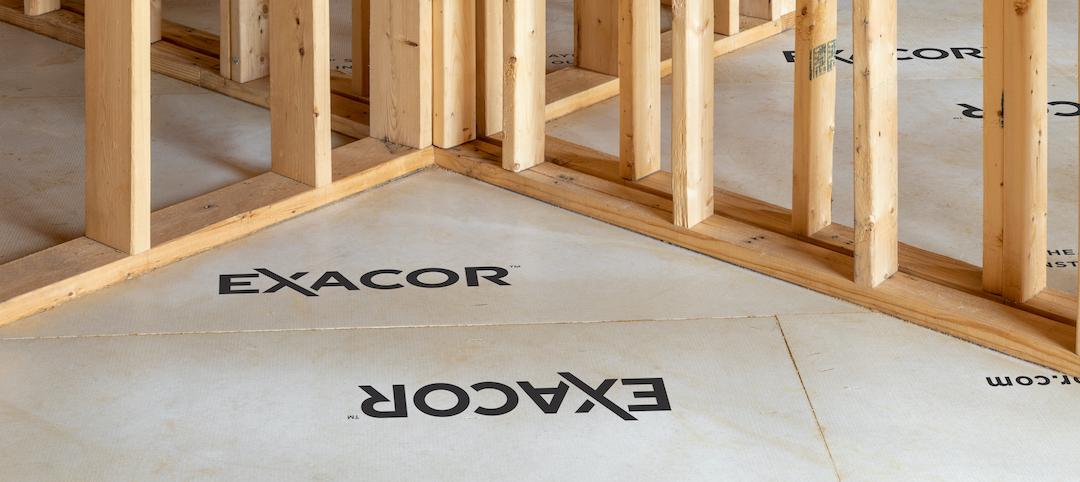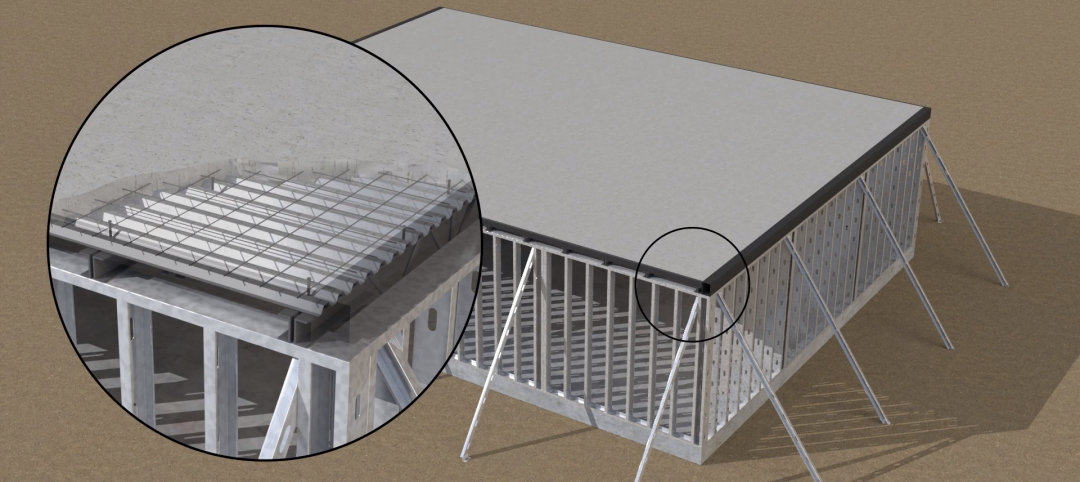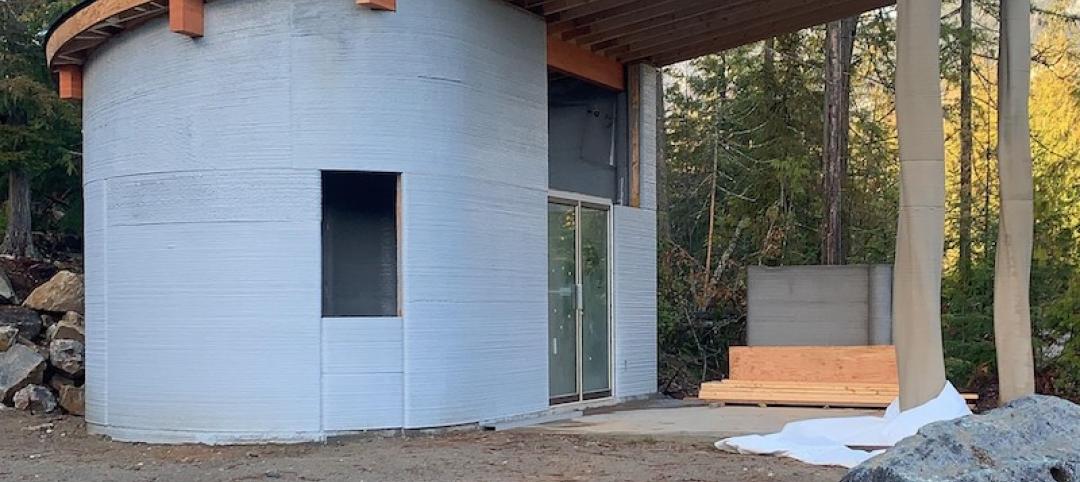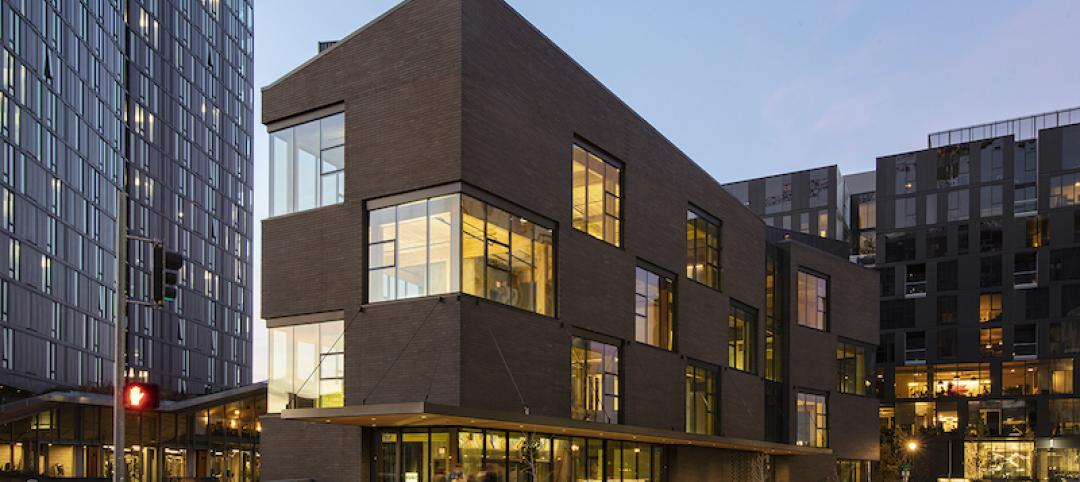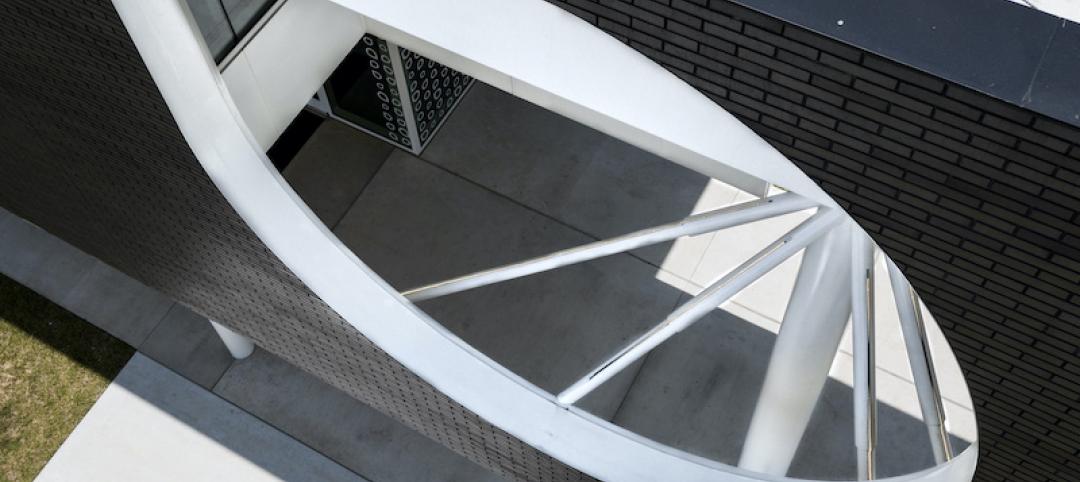Researchers have turned to an ancient Roman concrete recipe to develop more durable concrete that lasts for centuries and can potentially reduce the carbon impact of the built environment.
To construct architectural marvels that still stand today, ancient Romans combined lime, volcanic ash, and aggregates with water to create concrete. A key difference from how modern concrete is processed is temperature.
Today, we use cold mixing—a process conducted under ambient temperatures—but Romans used hot mixing, heating the mixture to 180 degrees Fahrenheit. This resulted in a key change in the lime that provides concrete with the ability to self-heal.
“Due to hot mixing and creation of these tiny granules of lime due to hot mixing, eventually you create a mechanism that just naturally goes and fills the crack with the material and prevents water to flow and propagation of the crack,” an MIT professor told National Public Radio. If modern manufacturers can emulate the ancient method, the result would be longer lasting structures that in the long run will result in using less concrete which will correspond to less emissions.
Listen to the NPR Weekend Edition segment:
Related Stories
Wood | May 14, 2021
What's next for mass timber design?
An architect who has worked on some of the nation's largest and most significant mass timber construction projects shares his thoughts on the latest design trends and innovations in mass timber.
3D Printing | Nov 27, 2020
The Fibonacci House: A test case of 3D construction printing
The Fibonacci House, which we have named after Leonardo Fibonacci, the medieval Italian mathematician, illustrates the potential of 3DCP and demonstrates how a complex design and challenging logistics can be solved through pragmatic planning and 3DCP technology.
Building Materials | Jul 5, 2020
A new report predicts significant demand growth for mass timber components
There should be plenty of wood, but production capacity needs to catch up.
Sponsored | Voice of the Brand | Jun 5, 2020
Practice Style Transcendence with Brick
Get inspired! Brick’s adaptability has made it the premier building material for centuries even as styles come and go. Nothing says “classic” like brick, but nothing says “innovative” like brick either. Check out some examples of how fired clay brick remains a major presence in the 21st Century designer’s palette.
Building Materials | Jun 4, 2020
The world’s first building made from carbon-fiber reinforced concrete starts construction in Germany
But greater use of these materials still faces obstacles.
Coronavirus | Apr 16, 2020
COVID-19: Pennsylvania building products supplier raises $1.2 million for Pittsburgh-area food bank
Pennsylvania building products supplier raises $1.2 million for Pittsburgh-area food bank.
Building Materials | Apr 8, 2020
The key to building in space may just be… urine?
A new building method to potentially make space architecture possible enters the fray.



